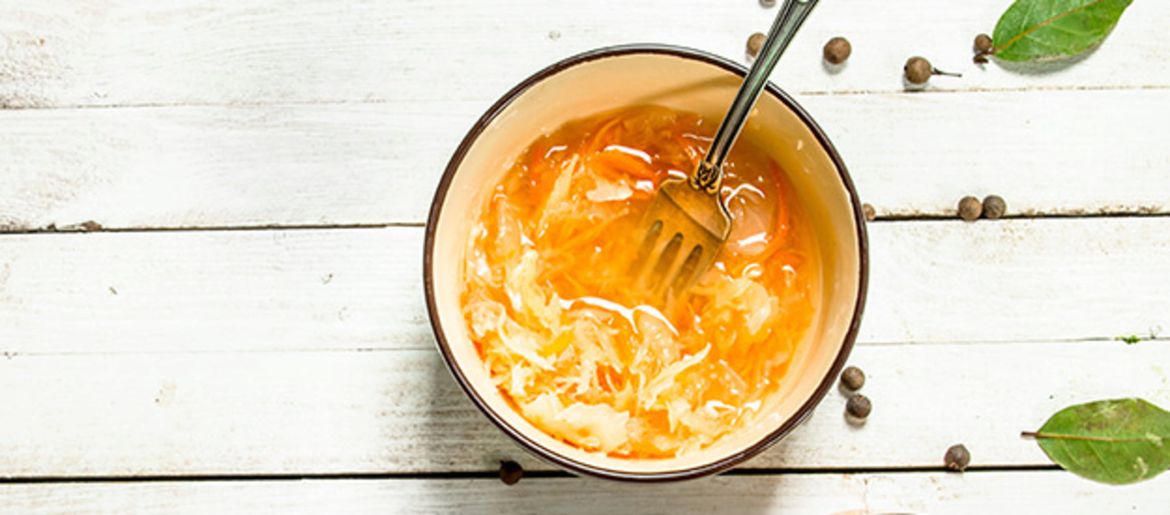Dry Fermentation
Dry fermentation is particularly suitable for chopped or grated or sliced vegetables such as carrots, cabbage, cabbage, radish or beets.
Steps for dry fermenting vegetables
- Finely grate, cut or slice your vegetable of choice.
- Weigh your prepared vegetables and add 2% of that weight in salt. For example, for 1 kg of vegetables add 20 g of salt. You can also add spices of your choice.
- Mix everything well.
- Now knead the vegetables until the juices are released.
- Put the vegetables in the fermentation jar in layers and press down each layer firmly before adding the next. This prevents air bubbles from forming, which can lead to mould growth.
- When the jar is filled to the neck, the kneaded vegetables are weighed down with a weight. IMPORTANT: The liquid released from the vegetables must be above the weight.
- Now put a fermentation attachment on the glass jar and close it with the screw ring.
- Keep aside for 5 - 7 days at room temperature (20 - 24 °C; shorter at higher temperatures) away from direct sunlight.
- Then taste whether the desired taste or acidity has been achieved. If so, remove the weight from the jar, replace the fermenter attachment with a lid and store it in a cool place (in a cold cellar or refrigerator) or, best of all, enjoy it right away. Opened jars can be stored in the refrigerator for several weeks without any problems.
If the desired degree of acidity has not yet been reached, simply let it stand for a few more days at room temperature, then try again. When it tastes right, remove the glass weight, replace the fermenter attachment with a lid and store in a cool place.
To ensure that dry fermentation works without a hitch, we recommend the MASON fermentation system from Khoysan .
Recipes
White cabbage with carrots and ginger
Ingredients for approx. 2 glass jars (0.7 l)
- 1 kg of white cabbage
- ½ kg of carrots
- 2 tablespoons of grated or chopped ginger
- 30 g sea salt
- 1 tbsp caraway seeds
- 1 teaspoon turmeric
- 1 teaspoon black peppercorns
Method
- Cut / slice the cabbage into strips and grate the carrots.
- Add salt, ginger and spices, mix everything well and knead until the juices are released.
- Pour into glass jars in layers and press down each vegetable layer firmly before adding the next layer.
- For further steps see above.
White kimchi
Ingredients for approx. 2 glass jars (0.7 l)
- 1 kg Chinese cabbage
- 2 large carrots
- 1 bunch of spring onions
- 1 teaspoon grated or chopped ginger
- 1 clove of garlic, sliced
- 30g sea salt
Method
- Wash the Chinese cabbage leaves and roughly cut (2–3 cm wide strips), cut carrots into fine strips or grate.
- Cut the spring onion into approx. 0.5 cm thick rings.
- Now add the ginger, garlic and salt and mix well. Then let everything steep for about 1 hour, then knead so that the juices are released.
- Then add the vegetables in layers into the jar, pressing each layer down firmly before adding the next.
- For further steps see above.
Carrots and kohlrabi with turmeric
Ingredients for approx. 1 glass jar (1 l)
- ½ kg of carrots
- ½ kg of kohlrabi
- 1 teaspoon turmeric
- 1 teaspoon black peppercorns
- 20 g sea salt
Method
- Clean and roughly grate the carrots and kohlrabi.
- Add salt and spices, mix everything well and knead firmly until the juices are released.
- For further steps see above.
Kale - beetroot - white cabbage
Ingredients for approx. 2 glass jars (0.7 l)
- ½ kg kale (or savoy cabbage)
- ½ kg of beets
- ½ kg of white cabbage
- 2 teaspoons of caraway seeds
- 30 g sea salt
Method
- Cut the kale and cabbage into strips, coarsely grate the beets.
- Now add salt and caraway seeds, mix everything well and let it steep for about 1 hour.
- Then knead until the juices are released.
- For further steps see above.
Latest reviews
-
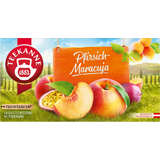 5.0 (5)
5.0 (5)TEEKANNE Früchtegarten Fruit Tea - Peach Passion Fruit, 20 double chamber bags (50 g)
- Tropical fruity taste
- Contains sweet Stevia leaf
- 20 double chamber bags
€ 3,69 (€ 73,80 / kg)Delivery by January 07
-
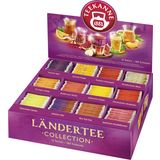 5.0 (13)
5.0 (13)TEEKANNE Country Tea Collection Box, 180 Teabags
- Fruity & spicy aromas
- 12 tea varieties
- A total of 180 tea bags
€ 39,99 (€ 1.580,63 / kg)Delivery by January 17
-
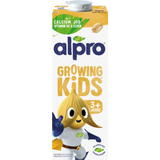 5.0 (1)
5.0 (1)alpro Growing Kids Oat Drink, 1 l
Bestseller- For 3 years & up
- Source of calcium
- Naturally low in fat
€ 2,89 (€ 2,89 / l)Delivery by January 07
-
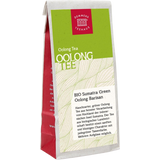 5.0 (1)
5.0 (1)Demmers Teehaus Oolong Tee "Bio Sumatra Green Oolong", 100 g
- Highest quality
- Gentle & flowery
- Jade green colour in the cup
€ 20,99 (€ 209,90 / kg)Delivery by January 07
Magazine Articles:
Discover Piccantino :
-
Austria: Free standard delivery from € 54,90
-
Free
returns -
24-hour shipping
More than 12.500 products
